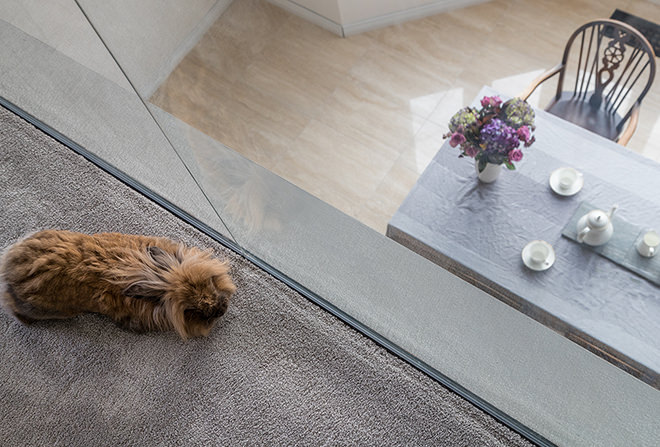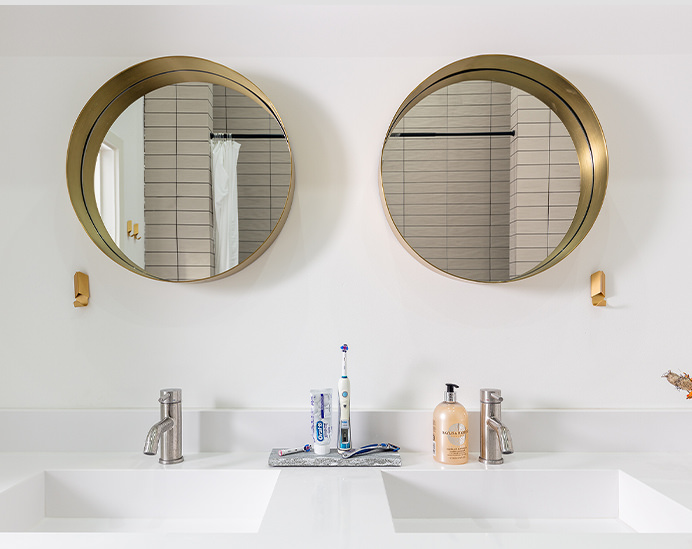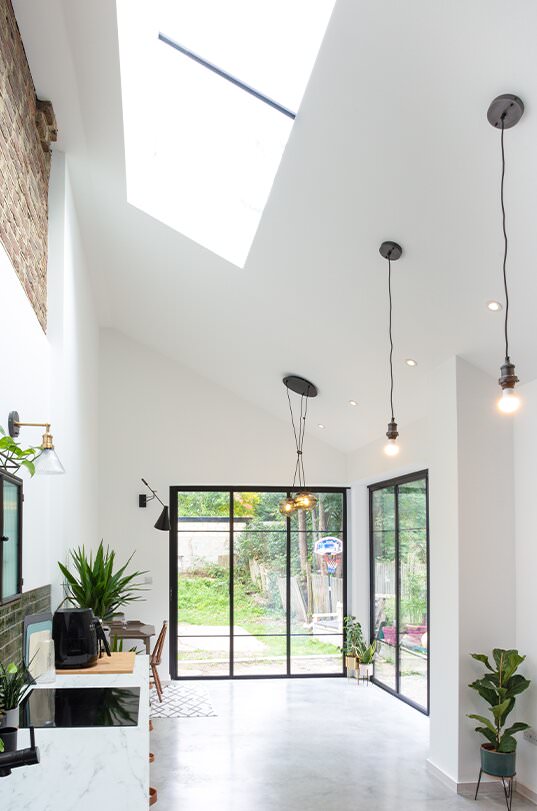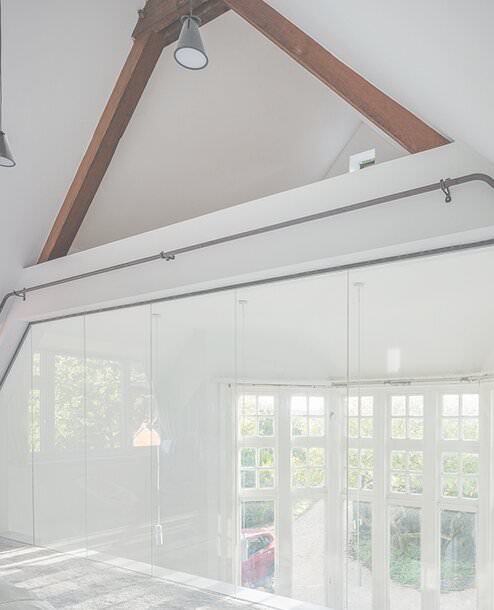What is snagging?
July 8, 2019
We’ve been out on site doing a few snagging sessions for our schemes in Reigate, Croydon and Beckenham. So we thought it best to share our thoughts on the process, how to get the best out of snagging for all parties involved.
WHAT IS SNAGGING?
So you’ve come to the end of your project or are moving into a brand new property? It should be flawless right? More often than not, this isn’t the case. It’s likely to have minor defects and unless snagging is done correctly – could quite easily lead to a dispute.
Snagging is a systematic process of identifying defects in your newly built property and if done correctly should eliminate the issue of handing over a building with defects.
Our architects and designers will create a detailed snagging report with photographic evidence for you listing out all major and minor defects associated with the architecture of the building.
What do you need to do snagging?
i) Pen
ii) Notepad (or digital note taking device – to save the world)
iii) Camera
iv) Set of contract drawings / specifications
v) Spirit level
v) A giant pack of post it notes (or small if you’re optimistic that you’ve got a good contractor on board).
How do you do it?
In short – methodically.
1: Come prepared
See items required above.
2: Plan out a path
When we visit the site, we typically have a plot mapped out along with the sequence of rooms and items we’re due to review. For example, we work from front to back – room to room and then break each room down into elements – ceiling, walls, floors, joinery, and services.
3: Start snagging
Once your sequence is clear, start looking for snags and document, document, document. Use your post its to map out each snag giving each a reference number as you go. Use your camera to document each one and note down where it is and what it is. Our snagging exercises are more often than not accompanied by the contractors in charge like a hawk on our shoulders. So it’s best to be methodical about things so that you don’t miss any snags.
What to look out for?
1: Surface defects
These typically make up the majority of the snagging list. Try to plan your visit on a day with good sunlight as it can make things easier to spot surface defects.
2: Services
Check whether all sanitaryware items are fitted and screwed in adequately and are in good working order. Turn on each tap on to see if they leak and to see if the hot water is running correctly.
If in doubt, you can always refer to the LABC's snagging checklist should you want a template to follow.
What happens after?
After snagging, the ball is then in the contractor’s court. Hopefully, they’ll pick everything up, and then we can progress to doing a Practical Completion certificate to release his payment and half of the retention. If not, then the snagging continues until the loop is closed.






